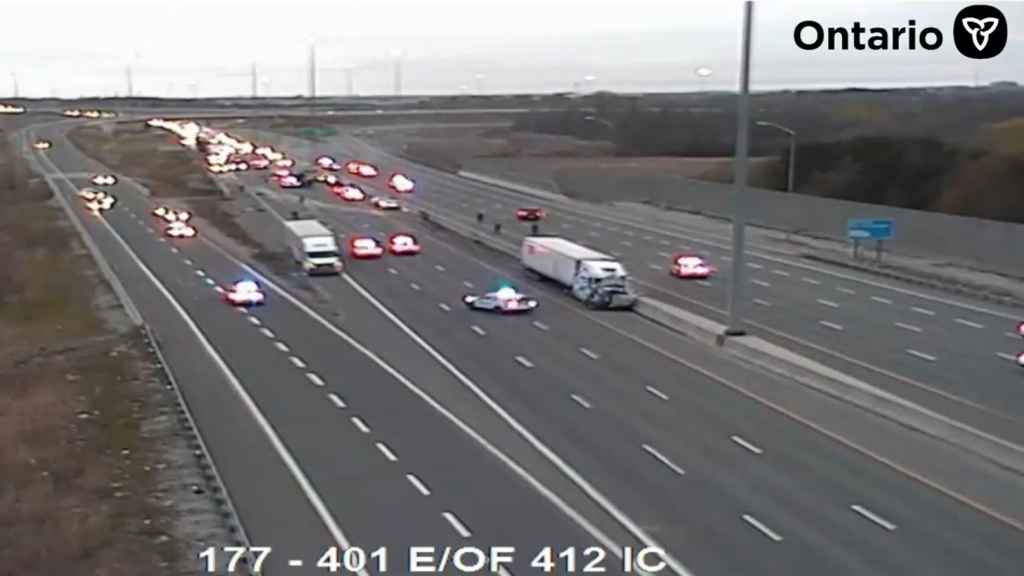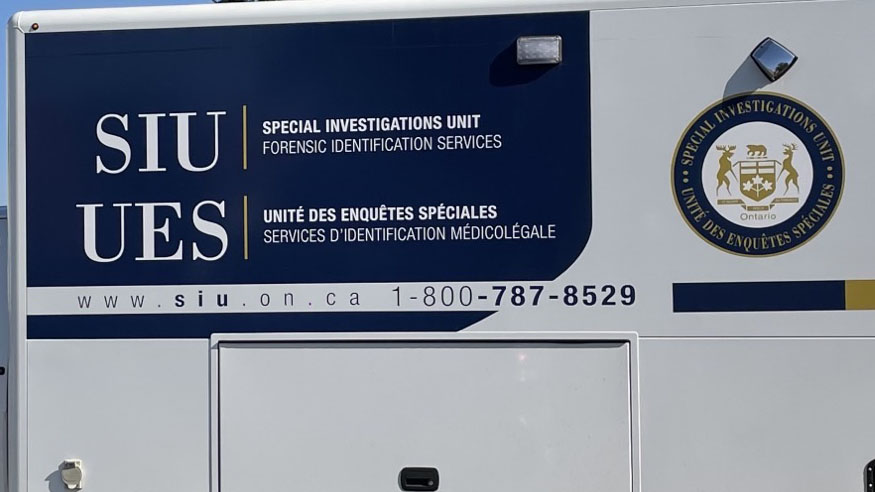Criminal evidence destroyed in fire at Durham police storage site
Posted September 26, 2022 7:47 pm.
Last Updated September 27, 2022 12:46 pm.
Two months after a fire damaged evidence stored at the Durham police property bureau building in Clarington, defence lawyers are still awaiting answers on how upcoming trials will be impacted.
Criminal Defence Lawyer Kim Schofield, who has cases in the region, told CityNews she receives text messages almost daily from clients worried about how a potential absence of physical evidence may affect their case.
The building on Courtice Court housed evidence gathered in criminal investigations and marked as potential exhibits in court.
“We have reached out to various crown attorney offices, both provincial and federal, to get an idea about how this does affect us,” Schofield said. “It’s been radio silence.”
She said it is possible police are still trying to assess the degree to which exhibits in a particular case have either been affected or destroyed.
“We have not completely removed all property from the building, but obviously the damage was significant,” Durham police acknowledged in a statement.
But without exhibits, Schofield said the crown is going to have a hard time proving its case, and the defence is going to have a hard time defending itself.
Susan Forsyth told CityNews that evidence in the case against the man accused of murdering her son was contaminated in the fire, including the alleged murder weapon. Instead, the jury will likely be shown pictures.
“It is the physicality of the evidence itself that is so important,” Schofield stressed. “In practices like mine that largely deal with seizure of items, so drugs or firearms, the items are the case.”
“If we’re not able to bring the best evidence in, it compromises the trial process,” added Trevor Farrow, a professor at Osgoode Hall Law School.
“Having said that, life happens. And here a particularly tragic event occurs, evidence is destroyed, so the question now is, can any of that evidence be recreated?”
CityNews visited the burnt-out storage site in Clarington on Monday and found bits and pieces of scorched debris on the ground outside and a piece of paper that appeared to have suspect descriptions written on it.
Durham Police said all police reports would have been digitized and critical evidence carefully documented, photographed and, where necessary, forensically analyzed.
Farrow said it would be up to the lawyers to make the case that photos and digital evidence are credible.
But the loss of physical evidence is the latest setback for Forsyth, who has been waiting almost five years since the time of her son’s death for justice. She is now concerned that showing photos of the alleged weapon used to kill her son won’t have the same impact on jurors.
That is, if the case makes it to court.
“I would imagine that there will be many applications brought on part of the defence for the dismissal of cases specifically on the basis of the unavailability of exhibits,” Schofield said.
Farrow agreed: “If judges and juries can’t trust the evidence, there’s no real way to proceed with trials.”










